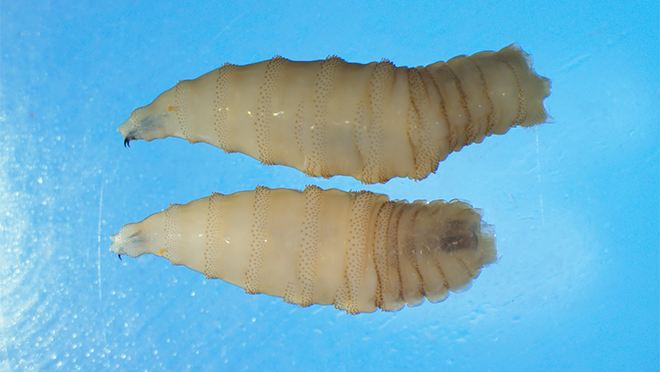INSUBCONTINENT EXCLUSIVE:
We're on the verge of being screwwormed.The biological barrier was breached, they're slithering toward our border, and the US Department of
Agriculture is now carpet-bombing parts of Mexico with weaponized flies to stave off an invasion.This is not a drill
Screwworms are possibly the most aptly named parasites imaginable, both literally and figuratively
Wounds are the most common sites, and even a prick as small as a tick bite can be an invitation for the savage insects.Once beckoned,
females lay up to 400 eggs at a time
Within about a day, ravenous flesh-eating larvae erupt, which both look and act like literal screws
They viciously and relentlessly bore and twist into their victim, feasting on the living flesh for about seven days
The result is a gaping ulcer writhing with maggots, which attracts yet more adult female screwworms that can lay hundreds more eggs,
deepening the putrid, festering lesion
The infection, called myiasis, is intensely painful and life-threatening
USDA
Screwworms aren't a new foe for the US
Decades ago, they were endemic to southern areas of the country, as well as the whole of Central America, parts of the Caribbean, and
northern areas of South America
While they're a threat to many animals, including humans, they are a bane to livestock, causing huge economic losses in addition to the
carnage.In the 1950s, the US began an intensive effort to eradicate screwworms
The successful endeavor required carefully inspecting animals and monitoring livestock movements
the unique life cycle of screwworms
After the larvae feast on flesh, they fall to the ground to develop into adults, a process that takes another seven days or so during warm
Once adults emerge, they can live for around two weeks, again depending on the weather
While females lay up to 400 eggs at once, they can lay up to 2,800 in their lives.

